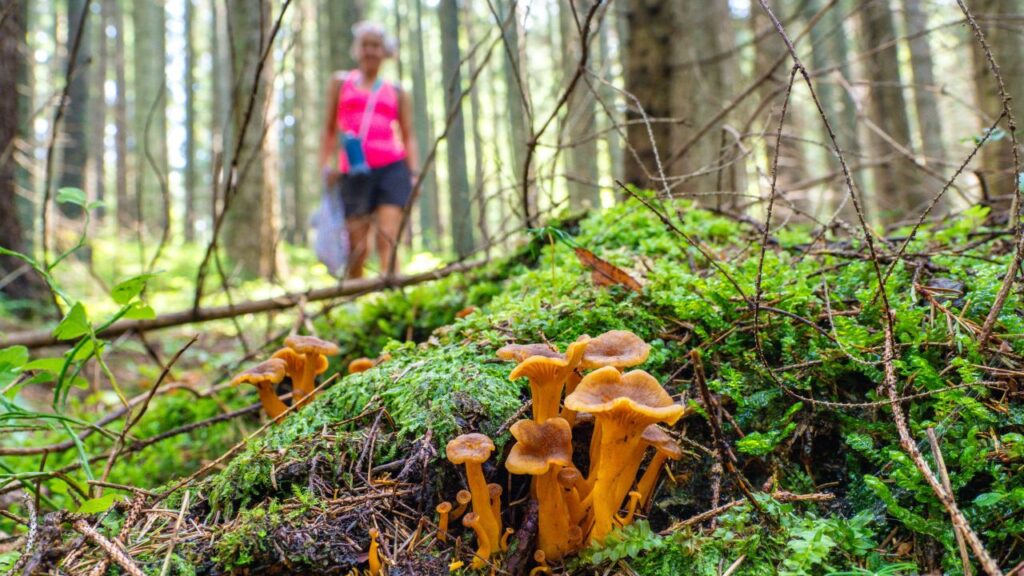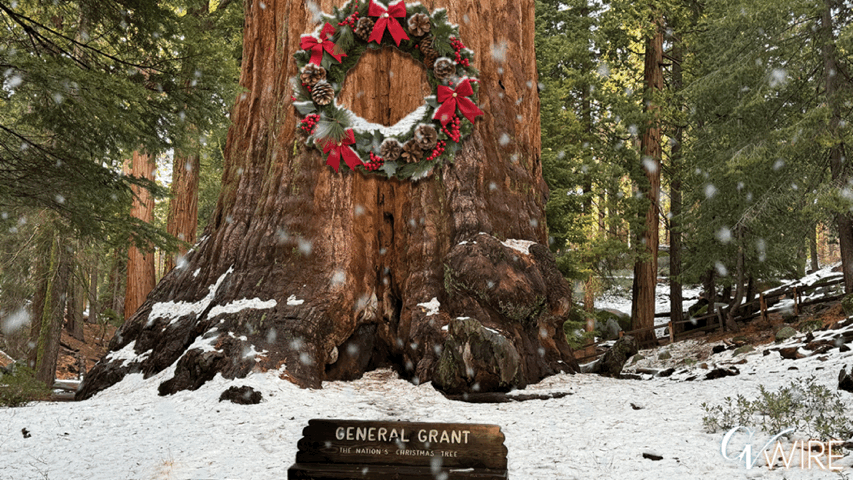'This Is Not How Sequoias Die. It’s Supposed to Stand for Another 500 Years'
Share
[aggregation-styles]
The Guardian The Age of Extinction
The fable of the giant sequoia tree is an enduring tale of America’s fortitude. Standing quietly on the western slopes of the Sierra Nevada, the Californian giants can survive almost anything – fire, disease, insect attack, cold years, hot years, drought – so the story goes.
The largest living organisms on the planet can grow over 90 metres (300ft) tall. When they do die after 3,000 years or so, the oldest trees, known as monarchs, usually succumb to their own size and collapse. Their giant trunks will rest on the forest floor for another millennium.
But the miraculous story of the near-indestructible giant trees that millions of Americans tell their children is no longer true.
For the first time in recorded history, tiny bark beetles emboldened by the climate crisis have started to kill giant sequoia trees, according to a joint National Park Service and US Geological Survey study set to be published later this year. Twenty-eight have gone since 2014. The combination of drought stress and fire damage appears to make the largest sequoias susceptible to deadly insect infestations that they would usually withstand.
Read More →
The Guardian The Age of Extinction
The fable of the giant sequoia tree is an enduring tale of America’s fortitude. Standing quietly on the western slopes of the Sierra Nevada, the Californian giants can survive almost anything – fire, disease, insect attack, cold years, hot years, drought – so the story goes.
The largest living organisms on the planet can grow over 90 metres (300ft) tall. When they do die after 3,000 years or so, the oldest trees, known as monarchs, usually succumb to their own size and collapse. Their giant trunks will rest on the forest floor for another millennium.
But the miraculous story of the near-indestructible giant trees that millions of Americans tell their children is no longer true.
For the first time in recorded history, tiny bark beetles emboldened by the climate crisis have started to kill giant sequoia trees, according to a joint National Park Service and US Geological Survey study set to be published later this year. Twenty-eight have gone since 2014. The combination of drought stress and fire damage appears to make the largest sequoias susceptible to deadly insect infestations that they would usually withstand.
Read More →
By Patrick Greenfield | 18 Jan 2020
RELATED TOPICS:
Categories
Latest
Videos



















